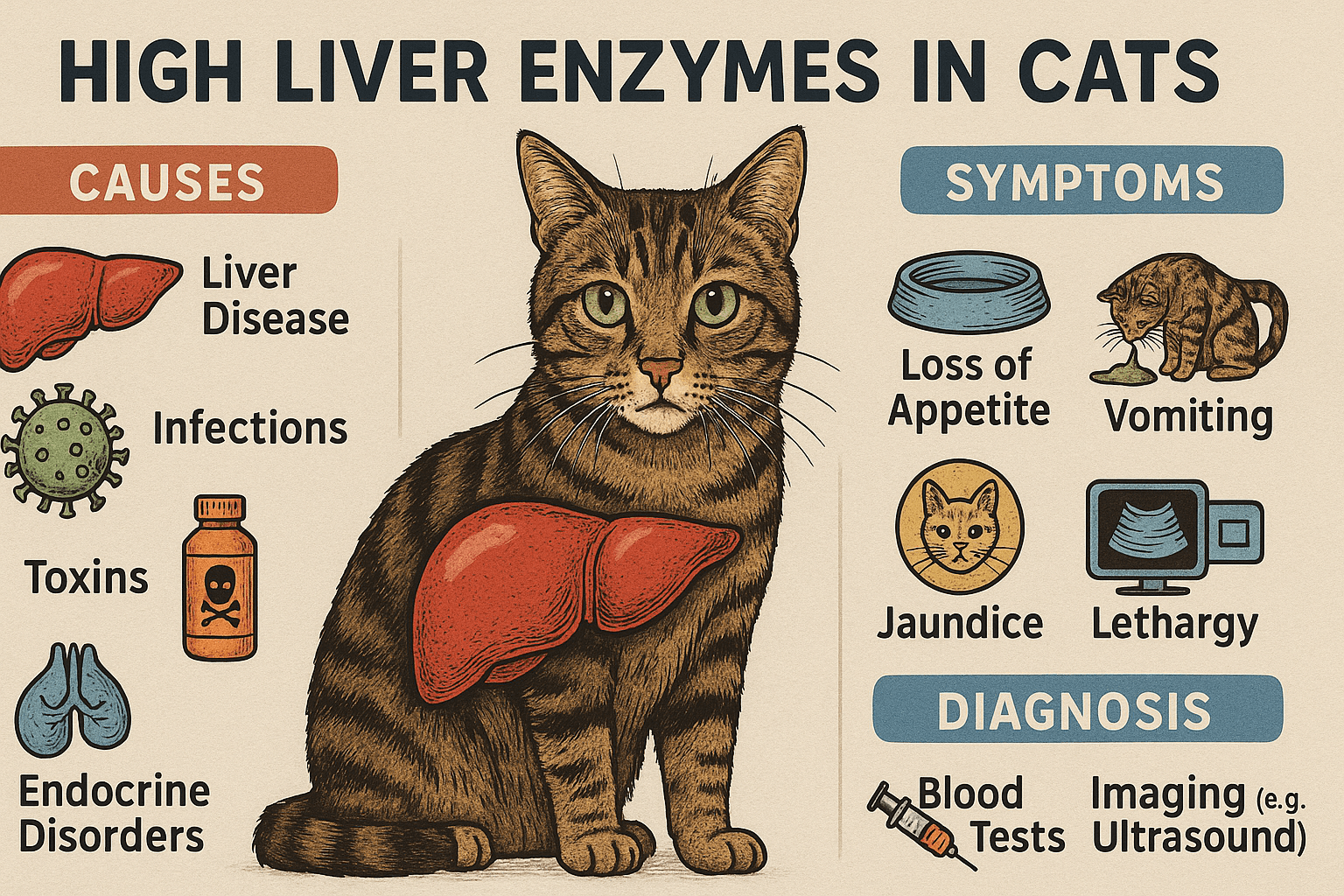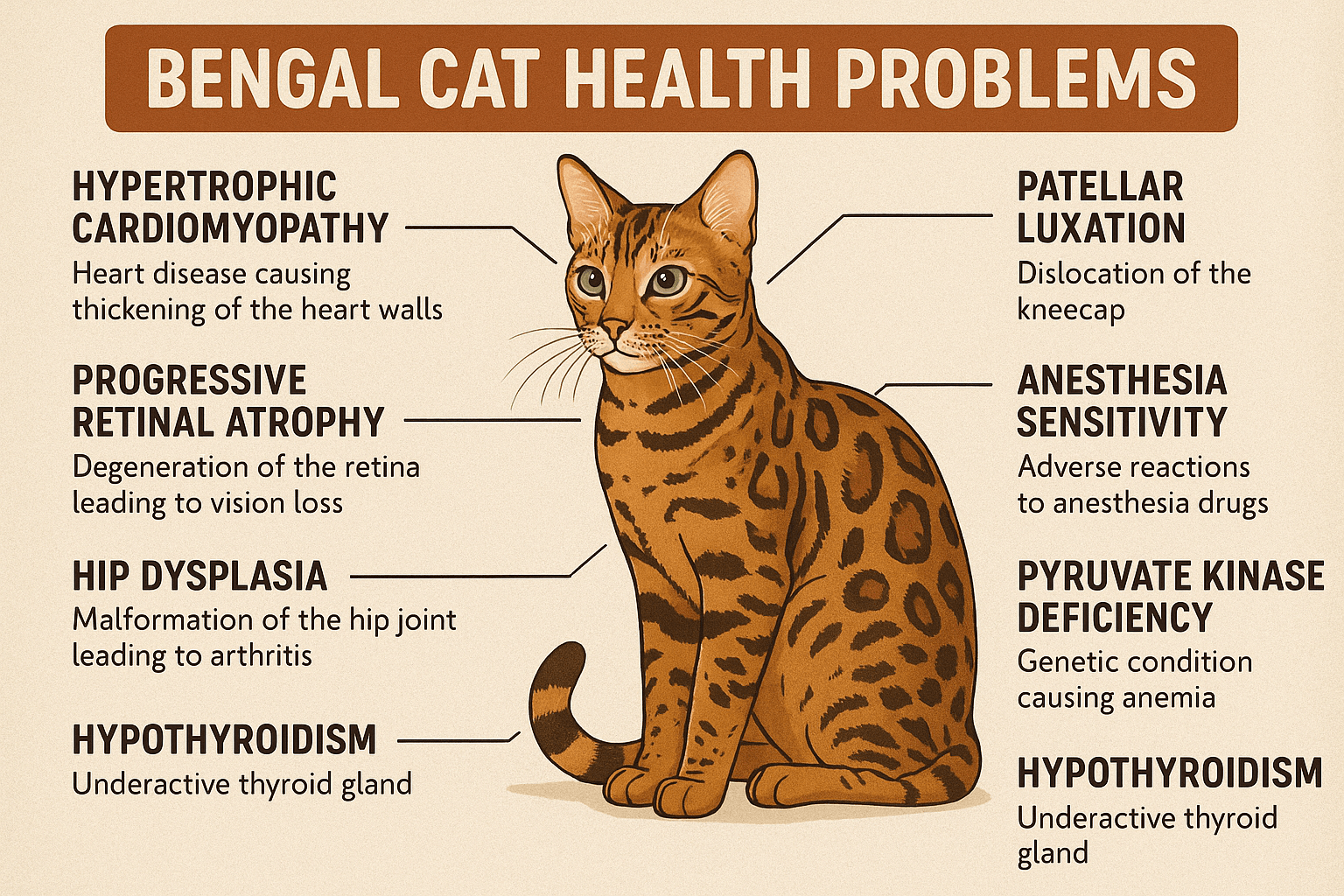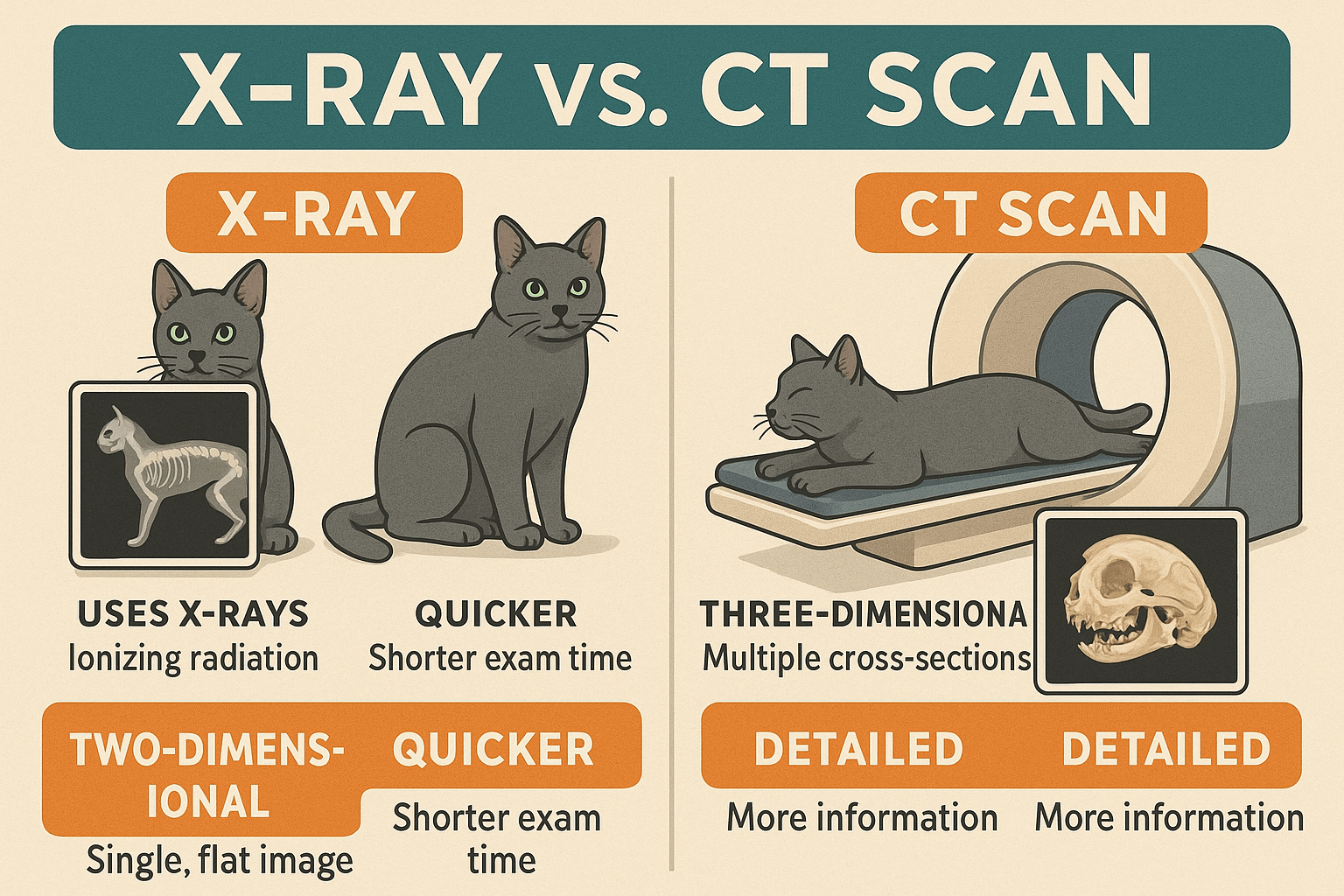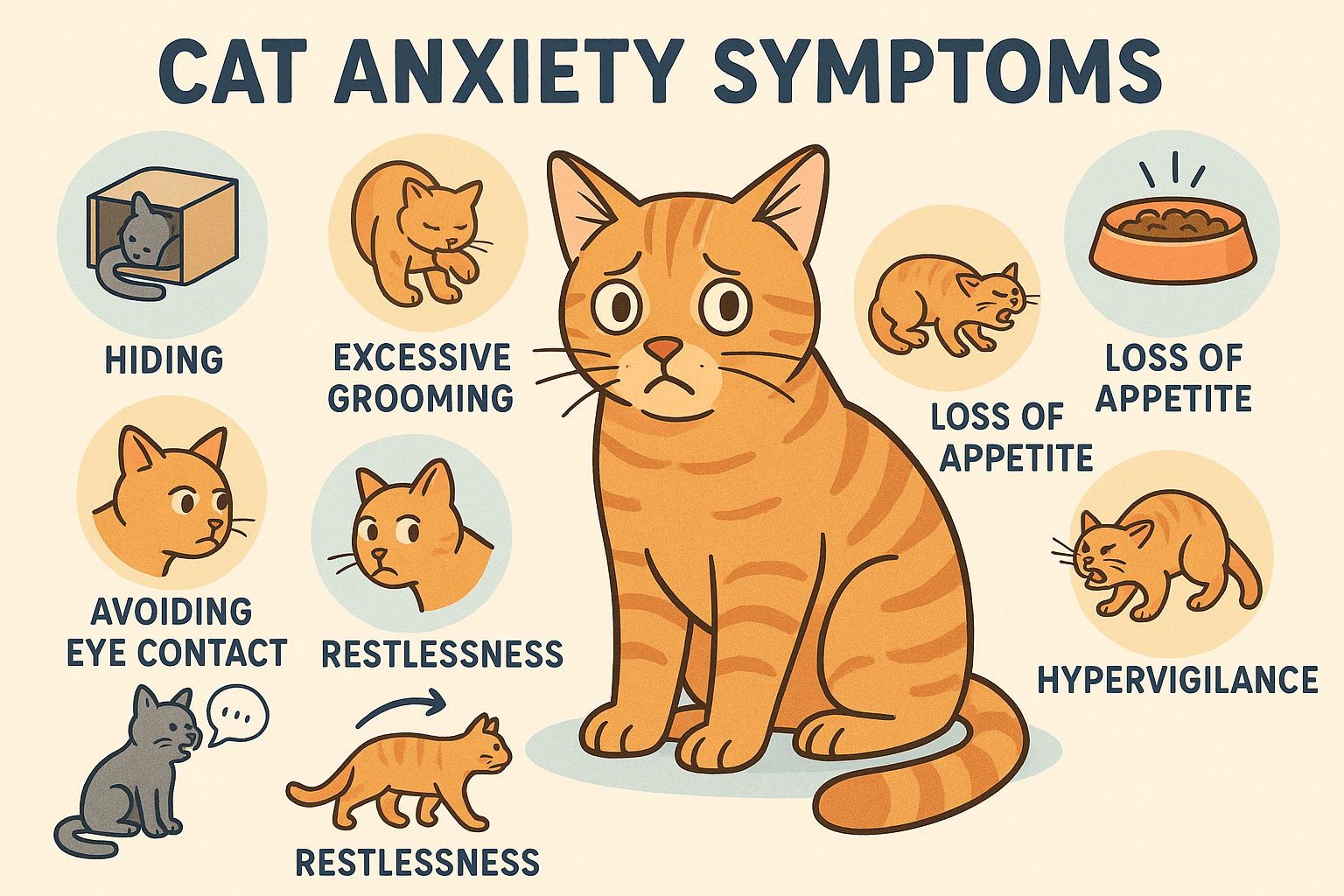Understanding Why Your Cat Is Wheezing: A Guide for Concerned Pet Owners
Cats are known for their playful antics, soothing purrs, and the unconditional love they shower upon us. However, when your feline friend starts making unusual sounds like wheezing, it can be alarming. Wheezing in cats is not just an odd quirk—it could be a sign of something more serious lurking beneath the surface. As cat owners, it’s our responsibility to understand what might be causing this symptom and how we can help our furry companions feel better. In this blog post, we’ll explore the potential reasons behind cat wheezing, actionable steps you can take, and how to ensure your pet remains healthy and happy.
Common Causes of Wheezing in Cats
Wheezing in cats can stem from various underlying issues, some minor and others more severe. Below, we’ve outlined the most common causes to help you identify what might be troubling your pet.
Respiratory Infections
Just like humans, cats can suffer from respiratory infections caused by viruses or bacteria. These infections often lead to symptoms such as coughing, sneezing, and wheezing.Asthma
Feline asthma is a chronic condition that affects the airways, causing inflammation and difficulty breathing. Wheezing is one of the hallmark signs of this ailment.Foreign Objects
Sometimes, small objects like hairballs, grass, or even bits of toys can get lodged in a cat’s throat or nasal passages, leading to wheezing.Allergies
Cats can develop allergies to environmental factors such as dust, pollen, or household chemicals. These allergens may irritate their respiratory system, triggering wheezing episodes.Heart Conditions
Heart problems in cats, such as congestive heart failure, can cause fluid buildup in the lungs, resulting in labored breathing and wheezing.
Understanding these potential causes is the first step toward addressing your cat’s discomfort. If your cat is wheezing frequently, it’s essential to consult a veterinarian for a proper diagnosis.
Symptoms to Watch For Alongside Wheezing
While wheezing itself is concerning, it’s crucial to monitor your cat for other symptoms that may accompany this issue. Identifying additional signs can provide valuable clues about the underlying problem.
Coughing
Persistent coughing alongside wheezing could indicate a respiratory infection or asthma.Lethargy
If your cat seems unusually tired or uninterested in activities they once enjoyed, it might signal a more serious health issue.Loss of Appetite
A sudden decrease in appetite can be a red flag, especially if paired with wheezing.Nasal Discharge
Clear or discolored discharge from the nose often accompanies respiratory infections or allergies.Blue Gums
Bluish gums or tongue are a sign of oxygen deprivation and require immediate veterinary attention.
By keeping an eye out for these symptoms, you can better gauge the severity of your cat’s condition and seek timely medical intervention if needed.
Check this guide 👉Why Do Cats Run After They Poop? Best 7 Behavior Tips!
Check this guide 👉Why Is My Cat Eating My Hair? Best 7 Expert Tips!
Check this guide 👉Why Did My Cats Whisker Fall Out? Best 7 Health Tips!

Preventive Measures | When to See a Vet |
|---|---|
Keep your home free of allergens | Persistent wheezing over 24 hours |
Use a humidifier during dry seasons | Labored breathing or open-mouth panting |
Regularly clean your cat’s bedding | Loss of appetite lasting more than a day |
Schedule annual vet check-ups | Coughing accompanied by nasal discharge |
Avoid smoking around your cat | Blue gums or extreme lethargy |
Steps to Take If Your Cat Is Wheezing
If you notice your cat wheezing, there are several steps you can take to assess the situation and provide temporary relief before visiting the vet.
Observe Quietly
Watch your cat closely without disturbing them to determine whether the wheezing is occasional or constant.Check for Obstructions
Inspect your cat’s mouth and nose (if safe) to see if any foreign objects are visible.Provide Fresh Air
Ensure your home is well-ventilated and free from strong odors or smoke that could irritate your cat’s airways.Offer Water
Encourage your cat to drink water, as hydration can sometimes ease mild respiratory discomfort.Avoid Stressful Situations
Minimize stressors in your cat’s environment, as anxiety can exacerbate breathing difficulties.
Taking these steps can help stabilize your cat temporarily, but remember, professional veterinary care is always recommended for ongoing or severe cases.
How to Prevent Future Episodes of Wheezing
Prevention is key to maintaining your cat’s respiratory health and minimizing the risk of future wheezing episodes. Here are some proactive measures you can implement.
Maintain a Clean Environment
Regularly vacuum and dust your home to reduce allergens that might affect your cat’s breathing.Monitor Diet and Weight
Obesity can strain your cat’s respiratory system, so ensure they maintain a healthy weight through proper nutrition.Limit Exposure to Irritants
Avoid using harsh cleaning products or scented candles near areas where your cat spends time.Schedule Routine Vet Visits
Regular check-ups allow your vet to catch potential health issues early before they escalate.Create a Stress-Free Zone
Provide your cat with a quiet, comfortable space where they can retreat if feeling overwhelmed.
By adopting these preventive strategies, you can significantly lower the chances of your cat experiencing wheezing episodes in the future.
Additional Signs of Respiratory Distress in Cats
While wheezing is a primary concern, there are other signs that might indicate your cat is experiencing respiratory distress. Recognizing these symptoms early can help you seek timely veterinary care and ensure your cat’s well-being.
Rapid Breathing
If your cat is breathing faster than usual, it could be a sign of underlying stress or illness. Count the number of breaths per minute when they’re resting—if it exceeds 30-40 breaths, consult a vet.Open-Mouth Breathing
Cats rarely breathe through their mouths unless they’re extremely stressed or struggling to get enough oxygen. This is a critical red flag.Abnormal Posture
Some cats adopt unusual postures, such as stretching their necks or crouching low, to make breathing easier. These positions signal significant discomfort.
If you notice any of these signs alongside wheezing, it’s crucial to act quickly. Early intervention can make all the difference in your cat’s recovery.
Environmental Factors That May Trigger Wheezing
Certain environmental factors can exacerbate or trigger wheezing in cats. By identifying and addressing these triggers, you can create a safer and healthier living space for your pet.
Strong Scents
Air fresheners, perfumes, and cleaning products with strong odors can irritate your cat’s sensitive airways. Opt for fragrance-free alternatives whenever possible.Dust and Pollen
High levels of dust or seasonal pollen can worsen respiratory issues. Regular cleaning and air filtration can help reduce these irritants.Temperature Extremes
Extreme heat or cold can strain your cat’s respiratory system. Ensure your home maintains a moderate and comfortable temperature year-round.
By minimizing exposure to these environmental triggers, you can significantly reduce the likelihood of wheezing episodes in your cat.
Long-Term Care Tips for Cats with Chronic Wheezing
For cats diagnosed with chronic conditions like asthma, long-term care is essential to manage their symptoms effectively. Here are some tips to keep your cat comfortable and healthy over time.
Medication Compliance
Follow your vet’s instructions carefully when administering medications like inhalers or steroids. Consistency is key to managing chronic conditions.Monitor Weight
Excess weight can put additional pressure on your cat’s respiratory system. Work with your vet to maintain an ideal weight through diet and exercise.Regular Check-Ups
Schedule routine follow-ups with your veterinarian to monitor your cat’s condition and adjust treatment plans as needed.
With proper management and attentive care, even cats with chronic wheezing can lead happy, fulfilling lives. Stay proactive and prioritize their health every step of the way.
FAQ
Is wheezing in cats always a sign of a serious illness?
Not necessarily. While occasional wheezing might result from minor issues like hairballs, persistent wheezing should never be ignored.
Can I treat my cat’s wheezing at home?
You can try providing fresh air and water, but if the wheezing continues or worsens, consult a vet immediately.
What role does humidity play in my cat’s respiratory health?
Proper humidity levels can prevent dry air from irritating your cat’s airways, reducing the likelihood of wheezing.
Are certain breeds more prone to wheezing?
Yes, flat-faced breeds like Persians are more susceptible to respiratory issues due to their anatomy.
How quickly should I contact a vet if my cat is wheezing?
If the wheezing persists for more than 24 hours or is accompanied by other symptoms like lethargy or blue gums, seek veterinary care promptly.
Prioritizing Your Cat’s Health: The Key to Peace of Mind
As a loving cat owner, hearing your feline companion wheeze can be distressing. However, by staying informed about potential causes, recognizing accompanying symptoms, and taking swift action, you can ensure your cat receives the care they need. Remember, prevention plays a vital role in safeguarding your pet’s respiratory health. With regular vet visits, a clean environment, and plenty of love and attention, you can minimize the risks associated with wheezing and enjoy many happy years together. After all, a healthy cat means a happy home—and that’s what every pet parent strives for.
High Liver Enzymes in Cats: Best 7 Expert Tips! Discover causes, symptoms, and treatment options for elevated liver enzymes in cats. Learn how to support your cat’s liver health effectively.
Bengal Cat Health Problems: Best 7 Expert Tips! Discover expert advice on common Bengal cat health issues, preventive care, and tips to keep your feline friend healthy and happy for years to come.
X-Ray vs CT Scan for Cats: Best 7 Expert Tips! Discover key differences, benefits, and expert advice on choosing the right imaging method for your cat’s health needs.
Cat Anxiety Symptoms: Best 7 Expert Tips! Discover signs of feline stress, effective calming strategies, and expert advice to help your cat feel safe, happy, and relaxed at home.





